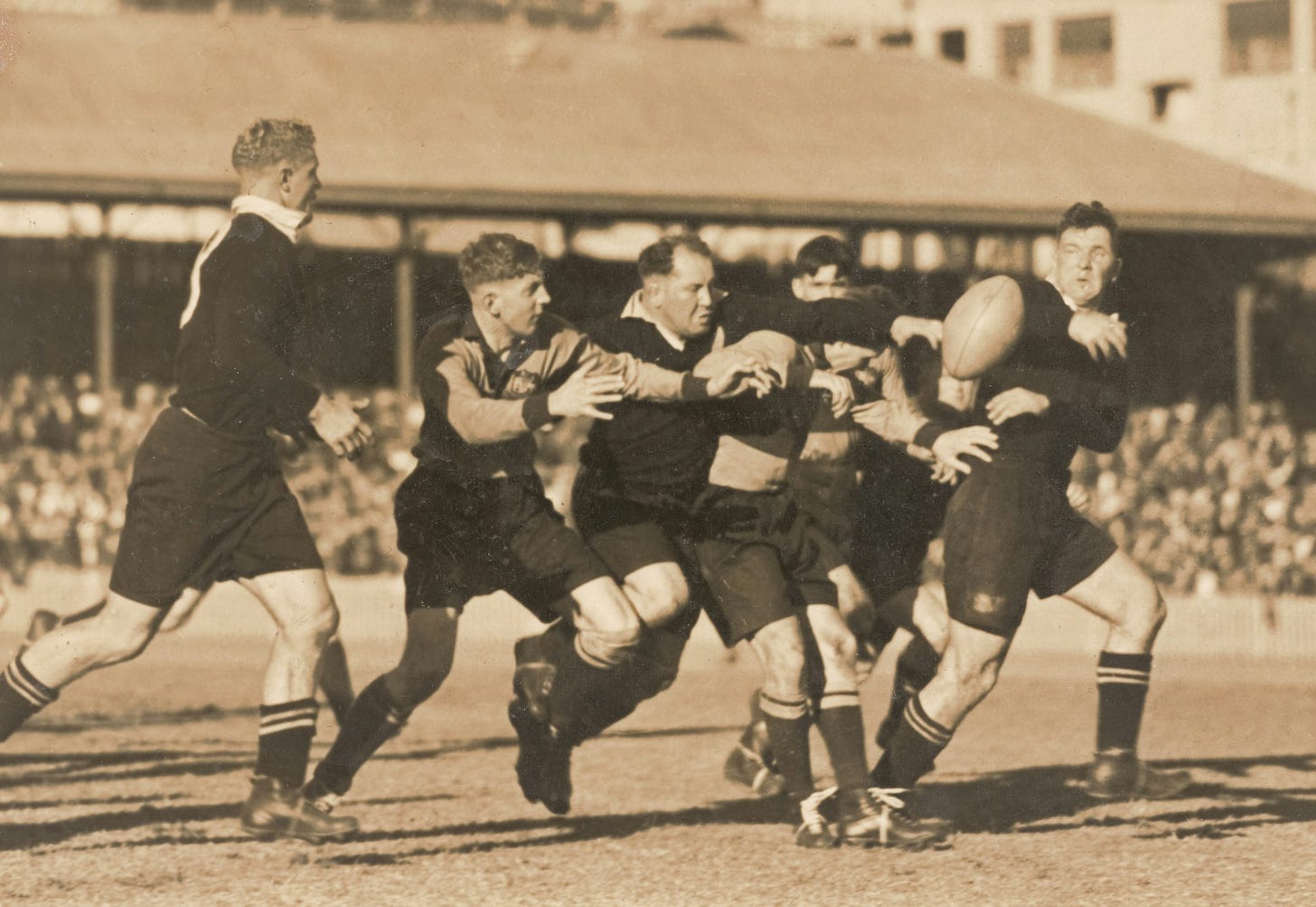Building a leadership team that thinks beyond itself
When leaders focus only on the short term, companies suffer
When new players join the All Blacks rugby team, they receive more than just a jersey—they receive a book. Inside are the names of every player who has ever worn that shirt, dating back over a hundred years.
It’s a physical reminder that they are part of something far bigger than themselves. Their job isn’t just to play well or win games. Their job is to honour those who came before them and to leave the team stronger for those who will follow.
This idea is summed up in one of the All Blacks’ core principles: leave the jersey in a better place. Every player is a custodian, not an owner. Their time in the team is temporary, but their impact can last. They don’t measure success by personal stats or short-term wins—they measure it by what they contribute to the legacy.
You can read more about this in the excellent book Legacy by James Kerr.
It’s a lesson every leadership team should take to heart. Too often, leaders focus only on the results they can achieve during their tenure—hitting targets, growing revenue, managing the day-to-day. But truly great leadership isn’t about what you accomplish while you’re in the role. It’s about what you leave behind. The best leaders don’t just run a business; they build something that will outlast them.
The shift: from managing to legacy-building
When leadership teams fail to think beyond their own time in the role, the cracks begin to show:
Trust erodes – Employees can sense when leadership is prioritising personal success over organisational health, leading to disengagement.
Decisions become reactive – Without a long-term vision, leadership teams chase short-term wins rather than building sustainable growth.
Culture weakens – A lack of continuity in leadership values leads to inconsistency, confusion, and disengagement.
Leadership gaps emerge – When succession planning is neglected, organisations struggle to replace key leaders, leading to instability.
Silos form – Without a leadership team focused on the bigger picture, departments start optimising for their own success rather than the organisation as a whole. Information isn’t shared, collaboration breaks down, and teams operate in isolation rather than working toward a shared mission.
Without long-term thinking, businesses don’t just stagnate—they become fragile, vulnerable to shifts in leadership and market dynamics.
This shift from simply operating the business to actively building a lasting legacy is what separates great leadership teams from those that merely keep things running.
Let’s explore what you can do as a leader to encourage this behaviour in your team.
Keep reading with a 7-day free trial
Subscribe to The Inside Track to keep reading this post and get 7 days of free access to the full post archives.



